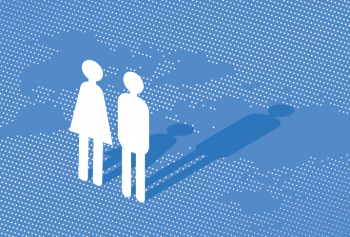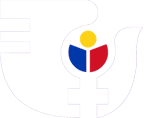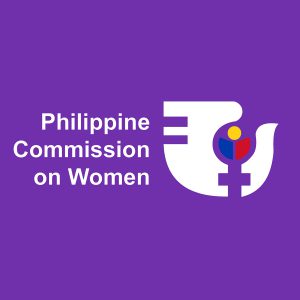PH maintains rank as 7th worldwide, 1st in Asia in closing gender gap

For 11 consecutive years, the Philippines maintains its position as the lead Asian country in closing the gender gap, according to the 2016 Global Gender Gap Index (GGI) Report released annually by the World Economic Forum (WEF).
The country landed at 7th place among 144 countries in the world and is tied with Slovenia with 0.786 points.
According to the report, the Philippines managed to maintain fully closing the gender gap in health and survival and educational attainment indicators. The country, however, had a slight decrease (0.19 points) from its 2015 standing on economic participation and opportunity indicators (0.799 points) to this year’s 0.780 points.
“Since 2006, the country has fully closed its gender gap on the Health and Survival subindex. It has also managed to fully re-close its Educational Attainment gender gap after a re-opening for the first time last year,” the WEF report said.
The country’s slight decrease in Economic Participation and Opportunity subindex score, on the other hand, was due to “fewer female legislators, senior officials and Managers.”
It should be noted that the source of the report on the ratio of female legislators and senior officials covered only until June 1, 2016, which was a transition period following the May 9 national and local elections.
Iceland and Finland retained their positions at the first and second spot respectively. The remaining top countries are as follows: Norway (3rd), Sweden (4th), Rwanda (5th), Ireland (6th), Philippines (7th), Slovenia (8th), New Zealand (9th) and Nicaragua (10th).
The Philippines got the following scores and rank in the last ten years:
Year Score Rank
- 2015 0.790 7th
- 2014 0.781 9th
- 2013 0.783 5th
- 2012 0.776 8th
- 2011 0.769 8th
- 2010 0.765 9th
- 2009 0.758 9th
- 2008 0.757 6th
- 2007 0.763 6th
- 2006 0.752 6th
More women in the top-level positions
Given the results, Philippine Commission on Women (PCW) Executive Director Emmeline L. Verzosa calls on both the government and the private sector to appoint more women leaders in top-ranking positions. And although the Philippines is known to have broken the glass ceiling in the government as two women have already occupied the highest position in the land, Verzosa emphasized the need to increase women’s representation, particularly achieving the 50-50 balance in the number of women and men in third level positions in the government as mandated in Section 16 of the Magna Carta of Women (MCW).
“In our Women’s Priority Legislative Agenda for the 17thCongress, we have included a bill to increase the level of women’s political participation,” she said.
“We are keen on finally having a quota for political parties using the forty-sixty (40-60) formula, wherein neither sex comprises less than 40 percent or more than 60 percent of the number of candidates in the party slate. We appeal to our lawmakers to support said recommendations so that women who are almost half of the Philippine population will be equally represented in elective positions,” she added.
Aside from the government sector, Verzosa also enjoined private corporations and enterprises to observe diversity in the workplace.
“It’s about time that women should help other women. Women-led businesses are encouraged to hire women workers and hand-hold smaller women-led enterprises. In this way, we can see more businesses owned and led by women. When we empower women, we bolster the economy,” Verzosa noted.
As of writing, there are already 87 women representatives in the lower house (30%) and six women senators among 24 (25%). According to a recent data from Career Executive Board (CESB), 45% of third level positions in the government are occupied by women.
In 2014, Grant Thornton International Business Report study revealed that 4 out of 10 senior roles in private business companies in the Philippines are occupied by women, an improvement from 2013’s 37% and higher than the 24% global average.
Meanwhile, newly appointed PCW Chair Rhodora M. Bucoy stressed that the work of gender and development advocates and development workers do not end with maintaining high scores in GGI. She noted the need for continuous and broader collaboration among all sectors to ensure that the country’s high GGI ranking eventually translates to expanded access to opportunities and resources among all Filipinos.
“Our country’s ranking in the GGI Report is a result of our collective efforts as Filipinos in ensuring that each of us will have access to opportunities and resources regardless of our sex or gender identity. Due attention should also be given to marginalized groups like the indigenous peoples, Moro, persons with disabilities, rural and urban poor women, migrant women, and those living in geographically isolated and depressed areas. We should all be vigilant and do our share in ensuring that we all contribute to and benefit from national development; no one should be left behind,” Bucoy said.
The Global Gender Gap Report’s Index assesses countries in terms of dividing resources and opportunities among male and female population, regardless of the general levels of these resources. The report measures the size of the gender inequality gap in four areas: Economic Participation and Opportunity, Educational Attainment, Political Empowerment, and Health and Survival.
Full report may be downloaded here.

